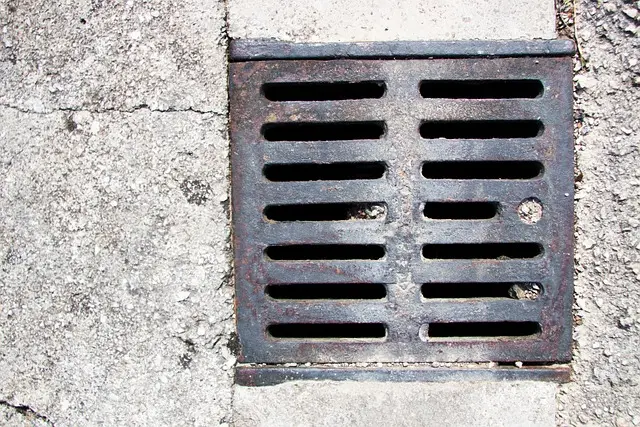Challenges in upgrading old sewer systems
The challenges of upgrading outdated sewage systems are a critical aspect of modern infrastructure management.
These challenges range from preventing the accumulation of wastewater in old homes to the management of sewage systems at the public level, including the need for investment and coverage of drinking water and sewage services.
We discuss some key ideas on this topic below.
Main challenges of old sewage
The main challenges in upgrading aging sewer systems include:
These challenges underscore the importance of addressing deteriorating infrastructure, complying with regulations, updating technology, and managing urban growth by upgrading aging sewer systems.
How does lack of maintenance affect aging sewer systems?
Lack of maintenance on aging sewage systems has several negative impacts, such as wastewater accumulation, leaks and damage to pipes, blockages, or risks to water quality.
Lack of maintenance causes sewage to build up in older homes, posing a risk to public health and the environment. It also causes leaks, damage and corrosion in the pipes, which in turn causes blockages and the infiltration of wastewater into the environment, generating health and environmental risks.
Grease buildup, pipe corrosion, tree roots, and other factors cause blockages in the sewer system, leading to flow problems and possible damage to the network.
Factors to consider when repairing or replacing aging infrastructure
The first aspect is to evaluate the costs associated with repair versus replacement costs, considering the available budget and long-term financial viability.
Also determine if the existing space allows for repair or if a partial or total replacement of the infrastructure is required, considering physical and urban limitations.
Consider whether existing infrastructure meets current regulations or whether replacement is required to ensure compliance with environmental regulations.
It is important to use advanced technology to assess the condition of the infrastructure and determine if repair is feasible or replacement is warranted.

What technologies are being used to improve the efficiency of aging sewer systems?
The use of advanced devices and technology such as SEWDEF, robotics and sensors, significantly improve the efficiency of the evaluation of sewer systems, providing accurate and detailed data in real time, allowing for faster identification of problems and specific repairs.
Biofilters filled with electroconductive material and bacteria are being used for wastewater treatment, representing an innovative technology to improve efficiency in wastewater treatment.
The integration of digital technology provides leak detection, water monitoring and remote control capabilities, improving water management efficiency.
SEWDEF and the improvement of old sewage systems
Our SEWDEF service is an automatic defect detection system in sewer networks based on artificial intelligence and computer vision. Analyzes sewer network videos for defects and displays information on sewer system conditions and performance.
To learn more about the SEWDEF system:
Benefits of upgrading outdated sewage systems
Upgrading outdated sewer systems offers several benefits, including:
The improvements lead to better wastewater treatment, reducing pollution and the discharge of raw wastewater.
Improved systems can handle modern treatment requirements more efficiently, leading to better wastewater management for growing populations.
While there are upfront capital costs, the most efficient solutions provide long-term cost savings.
The improvements reduce the risk of water contamination, such as lead leaching, thereby improving public health.
While there are upfront capital costs, the most efficient solutions provide long-term cost savings.
These benefits underline the importance of investing in the modernization and maintenance of wastewater infrastructure to ensure environmental and public health protection, as well as efficient and cost-effective wastewater management.
Conclusion
The urgency of upgrading outdated sewage systems is an important issue. There is a critical need to prioritize the improvement of outdated sewage systems to ensure environmental protection, public health and efficient wastewater management.
We hope this article has been useful to you. If you have an engineering project in hand and you think we can help you, here is the link where you can contact us and explain more about it.

